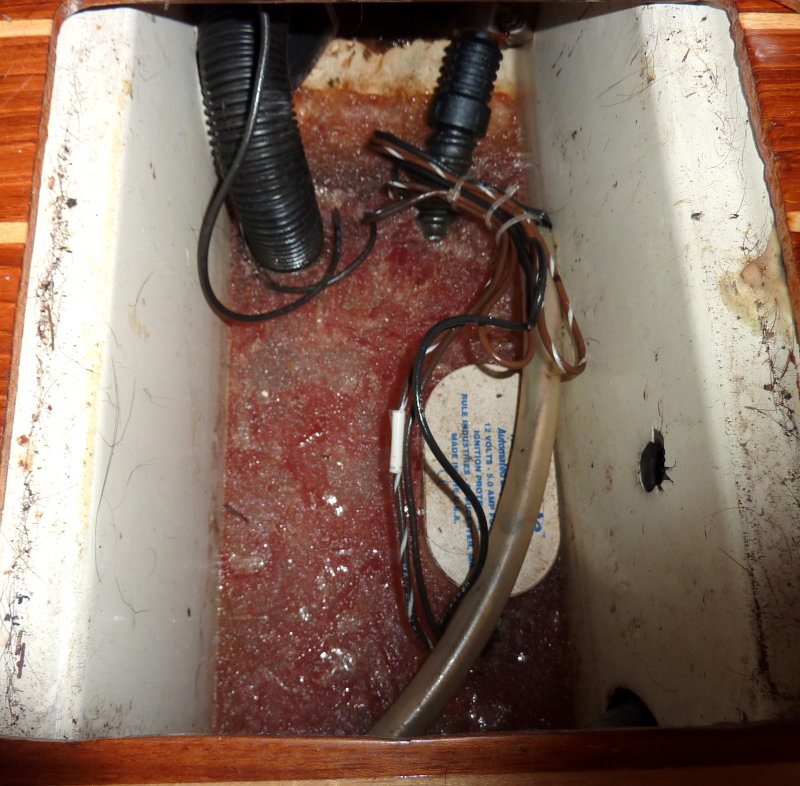Maine Sail, thank you for your great contributions and forgive my crazy question....Our O'day
272LE has two group 27 batteries and a battery charger that is set to both....I winterized the boat yesterday but did nothing to the electrical system. I know I left our boat without touching the
electric and I believe that right now, this minute the charger may be charging the two group 27
batteries.....should I plug in an extension cord and keep the charger on charging both group 27 batteries? Or just turn off the charger and not plug the boat into the available electric pedestal
at the stern of my boat in the yacht club's yard space I'm assigned to.....I've winterized the water, the holding tanks and everything but have done nothing to help the electrical system survive a
cold Kansas winter. Thank you for your thoughts and advice,
Patrick Coulter in soon to be cold Wichita, Kansas. Pat
272LE has two group 27 batteries and a battery charger that is set to both....I winterized the boat yesterday but did nothing to the electrical system. I know I left our boat without touching the
electric and I believe that right now, this minute the charger may be charging the two group 27
batteries.....should I plug in an extension cord and keep the charger on charging both group 27 batteries? Or just turn off the charger and not plug the boat into the available electric pedestal
at the stern of my boat in the yacht club's yard space I'm assigned to.....I've winterized the water, the holding tanks and everything but have done nothing to help the electrical system survive a
cold Kansas winter. Thank you for your thoughts and advice,
Patrick Coulter in soon to be cold Wichita, Kansas. Pat

